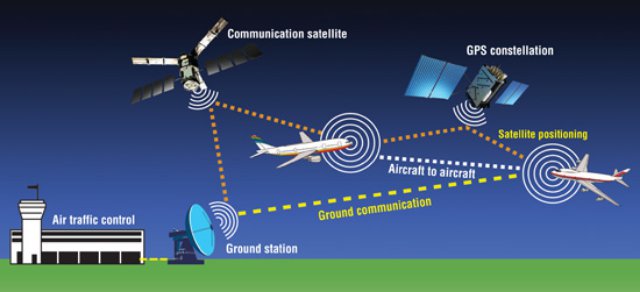
The MITRE Corporation‘s Center for Advanced Aviation System Development (CAASD), the Federal Aviation Administration’s (FAA) Federally Funded Research and Development Center (FFRDC), recently published a study characterizing the impact on the current Automatic Dependent Surveillance-Broadcast (ADS-B) system performance due to the potential use of ADS-B by low-flying, small unmanned aircraft systems (sUAS).
An initial study, published in 2016, explored the impact of very high densities of sUAS transmitting ADS-B using the Universal Access Transceiver (UAT). The recent study examined a broader range of operating scenarios characterized by various sUAS traffic densities and transmission power levels and considered the implications on air-to-air and air-to-ground air traffic management uses of ADS-B.
MITRE CAASD’s analysis indicates the key parameters affecting the UAT system performance are sUAS ADS-B transmission power and sUAS traffic density. The results of modeled conditions suggest these two parameters can be balanced to attain an acceptable load on the UAT in areas of potentially high sUAS concentration while still preserving the safety and utility ADS-B provides to all aircraft. These results are subject to, and will vary under, real-world conditions and FAA-approved operations.
Some in the sUAS community believe that equipping sUAS with ADS-B would help safeguard operations by enabling sUAS to be aware of each other and potentially help appropriately equipped low flying manned aircraft or ATC to be aware of their presence. Additional analysis is needed to determine the utility of ADS-B on sUAS safety.
MITRE recommends any feasibility evaluations (with regard to interference with ADS-B services) for a particular future fleet should include the following: fleet size, distribution, transmit power, number of aircraft simultaneously transmitting, antenna performance, manned aircraft traffic, distance from sUAS to ADS-B ground stations, and terrain or structures. Operational considerations and active fleet management strategies should also be considered to reduce the effects of UAT ADS-B interference.
MITRE CAASD researchers presented their findings at the American Institute of Aeronautics and Astronautics’ (AIAA) Science and Technology Forum and Exposition (SciTech) in January 2017. The paper is also available in AIAA’s digital library.
Source: Presss Release
